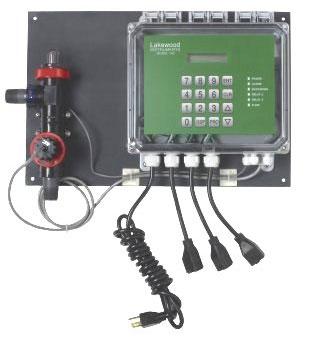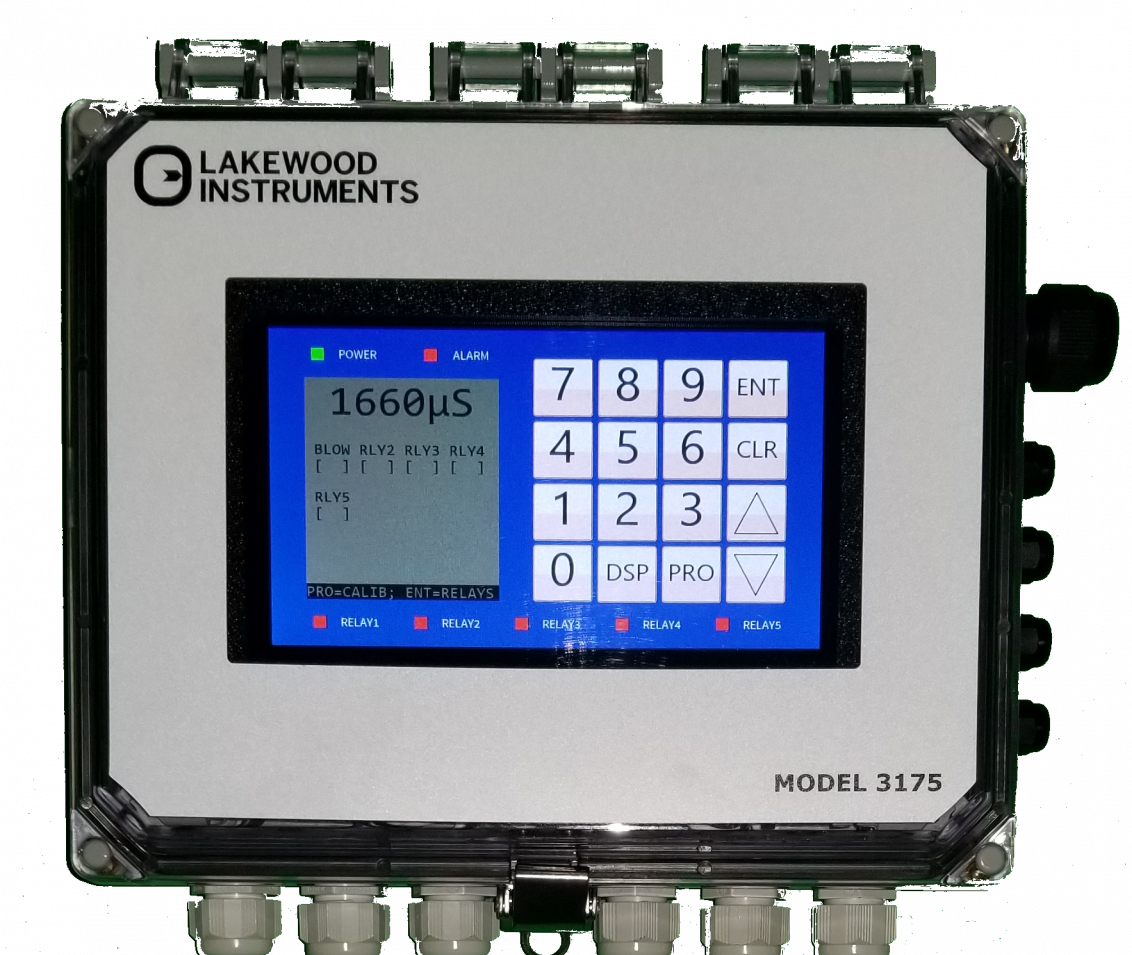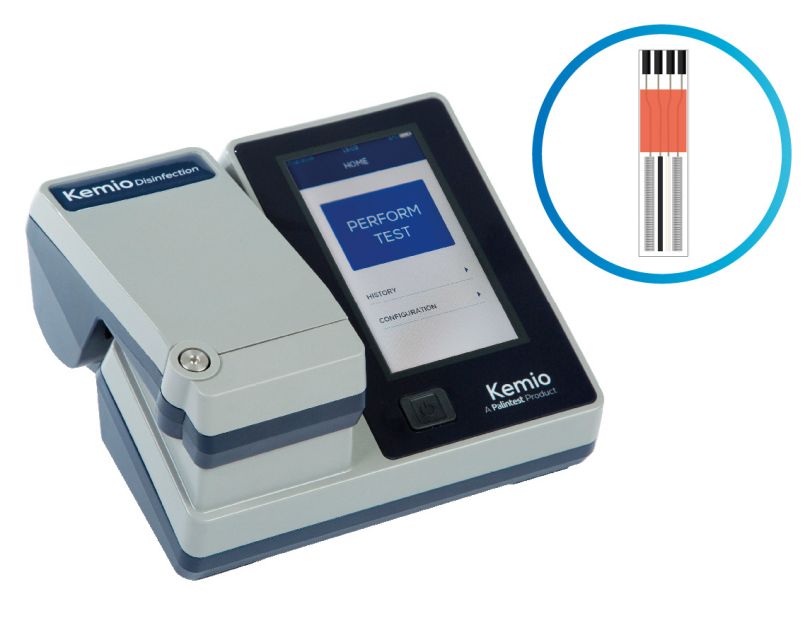Is your water treatment controller misbehaving?
January 14, 2019 0 Comments

Recently we had a customer that complained about weird behavior in several of the controllers he purchased. He is a first time user of Lakewood Controllers and the behavior was attributed to defective controllers. After several service visits, nothing wrong was found with the controllers so we decided to spend more time training the customer as we thought the customer's expectations of the operation of the controllers, were somehow different than the way the controller operates.
After several visits and email exchanges, we were able to figure out what the problem was. It was electric noise in the power grid. We don't think about it but, these controllers were installed in New York City, where the grid is old and overloaded.
The quick solution was the installation of an AC Power conditioner at one of the controller's installations. The conditioner installed was the Furman PST-2( https://www.furmanpower.com/product/15a-8-outlet-surge-suppressor-strip-PST-2+6 ) Once the conditioner was installed, the unit behaved correctly and reliably, while the rest of the controllers were failing.
This story is basically an introduction to an article about about noise in the process control applications (below) We hope our hard learned lesson, and this article, can help you crack hard to solve process control issues.
Noise and disturbances in process control
By Vance J. VanDoren, Ph.D., P.E., consulting editor March 15, 2001
Were it not for noise and disturbances, a feedback controller could fairly easily maintain output of the controlled process (process variable) close to its desired value (setpoint). However, forces other than the controller’s efforts can often change the process variable. An example is sun shining in on a room cooled by an automatic air conditioner. In spite of the thermostat’s efforts to lower the room temperature to a 72°F setpoint, the room may actually get hotter. These uncontrollable influences are known as disturbances.

|
A crosswind can disturb a truck’s lateral position, requiring the driver to compensate with a control effort. Visual ‘noise’ such as snow can obscure the driver’s measurement of his actual position, causing him to make unnecessary course corrections. |
Noise, on the other hand, makes the process variable appear to deviate from the setpoint whether any real disturbance is at work or not. Noise is generally a result of the technology used to sense or measure the process variable. With electrical signals, measurement noise is often due to interference from other electrical sources. Noise can also be caused by wear and tear on the sensor or some physical obstruction that causes the sensor to send an inaccurate reading to the controller.
Errors between the setpoint and the process variable also occur when the setpoint changes. However, setpoint changes are relatively easy for a controller to implement if it’s programmed with enough data about the dynamic behavior of the process. It is the random nature of disturbances and the fictitious effects of noise that make feedback controllers work so hard.
An everyday example
Consider a large truck being driven down the highway through a crosswind. The driver’s brain is the controller and his eyes are the sensors that measure the truck’s position. Based on what he sees, the driver uses his steering wheel to maintain the truck’s lateral position between the white lines.
If the wind is light and visibility is good, the driver need only concern himself with updates to the truck’s desired position necessitated by the curves in the road. Such setpoint changes are relatively easy for him to make, assuming he knows how the truck will react when he turns the steering wheel.
However, a strong wind can blow the truck off the course the driver has chosen to follow. To compensate for such disturbances, the driver must adjust his steering to correct his position errors. Worse still, if the wind’s speed or direction changes at random, the driver’s corrective efforts will have to be more frequent and more dramatic.
Now suppose the wind is accompanied by snow. The driver may not be able to see the white lines very well, so he may end up changing his course to compensate for a nonexistent position error. Snow constitutes a visual ‘noise’ that corrupts the position measurements taken by the driver’s eyes.
PID control
In a more typical process control situation, a PID controller is responsible for applying a corrective effort in proportion to the error between the process variable and the setpoint plus the integral and derivative of that difference. It is the derivative action that is most affected by noise and disturbances.
On the plus side, a PID controller tuned to provide aggressive derivative action can react quickly to an error and start the control effort moving in the right direction immediately after a disturbance begins. This can shorten the time required to compensate for a disturbance compared to a controller that uses only proportional and integral action.
However, the derivative action will amplify any noise embedded in the measurement, since the derivative of a fluctuating signal also fluctuates. This can lead to unnecessary and potentially counter-productive control efforts. Most PID controllers are equipped with noise filters to suppress extraneous fluctuations that the derivative action would otherwise generate.
You can find the original article here: https://www.controleng.com/articles/noise-and-disturbances-in-process-control/
Also in Blog

Advanced Cooling Tower Management: Enhancing Efficiency with Lakewood Model 140
February 28, 2024 0 Comments

Optimizing Cooling Tower Performance: Understanding Efficiency, Maintenance, and Water Quality Management
February 28, 2024 0 Comments

Revolutionizing Water Analysis: Everything You Need to Know About the Kemio KEM10DIS
April 19, 2023 0 Comments

